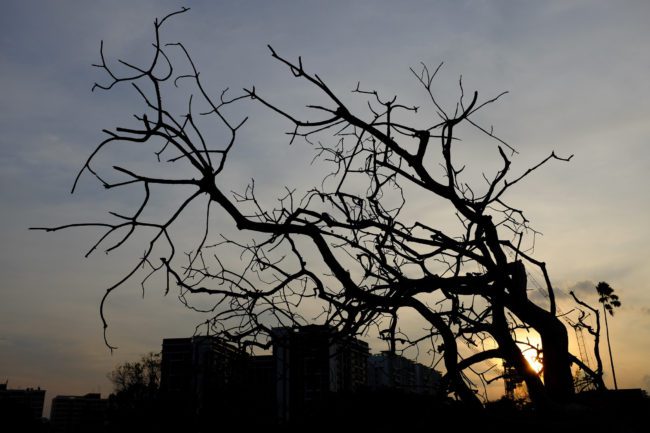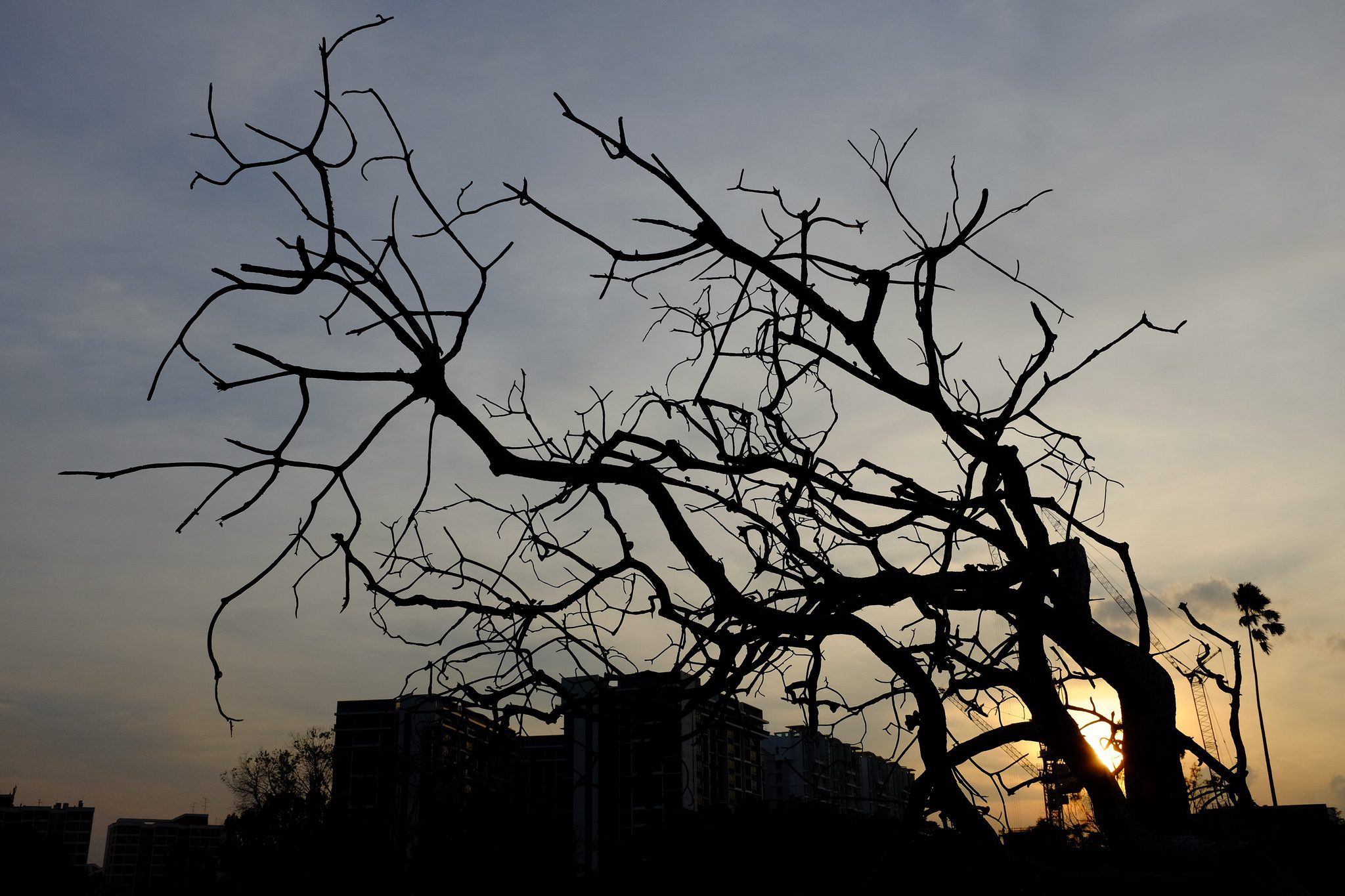 When fall begins, it brings cooler days, grey skies, and the onset of seasonal affective disorder (SAD). The people afflicted by this unique depression experience increased symptoms throughout the winter and early spring.
When fall begins, it brings cooler days, grey skies, and the onset of seasonal affective disorder (SAD). The people afflicted by this unique depression experience increased symptoms throughout the winter and early spring.
The disorder typically affects those living in the northern regions of the globe. While SAD is different than the winter blues, both are seasonal mood disorders, according to Norman Rosenthal, MD.
The Diagnostic and Statistical Manual of Mental Disorders, 5th Edition (DSM-5) explains that “seasonal affective disorder is considered a subtype of major depression or bipolar disorder.” Because of the similarities of many depressive illnesses, it can be pretty tricky to differentiate between them. There are several evaluations used to determine if a person has SAD.
- First, a physician will determine if any underlying physical issues are mimicking symptoms;
- Typically, the next step is a blood draw testing for the TSH level. The reasoning behind this is that when the thyroid is not functioning correctly, a patient can suffer deep feelings of overwhelming sadness;
- Then, the psychological evaluation includes questions about feelings, thoughts, behavior patterns, and symptoms.
To establish that a patient suffers from seasonal affective disorder, the pattern of behavior must have repeated itself for two years. According to the DSM-5:
- Depression that begins each year during a specific season;
- Depression that ends each year during a particular season;
- No episodes of the illness during months when the patient typically feels asymptomatic;
- The ratio of seasonal symptoms is greater than the overall depressive periods in one’s life.
Psychologists have tools to help fight against the misery that comes with SAD. Medications, psychotherapy, and light therapy are the most common treatment methods. If a patient also has bipolar disorder, it is essential to use antidepressants and light therapy as prescribed since either could bring about a manic episode.
The primary treatment for SAD is to mimic daylight using specially designed lightboxes for phototherapy. Mayo Clinic’s website indicates that sitting in front of the light induces the production of brain chemicals related to mood. Reports show when using this method for Fall-Onset SAD that, benefits are recognized between a few days to a couple of weeks. Additionally, unlike pharmaceuticals, there are fewer side effects.
Lightboxes are readily available online, and numerous do-it-yourself patterns exist to create one. However, specialists stress the importance of discussing the type of unit to use with their physician.
When psychotherapy is added to the treatment plan, the patient is taught to cope with the daily rigors of SAD. Another skill built is managing stress. The doctor will also lead the patient by examining their negative behavior and thoughts. During this time, the tools needed to overcome these will be learned.
In the United States, nearly 1 in 3 adults deal with the effects of SAD. Interestingly, seasonal mood disorder also occurs in the spring/summer months. Other people who tend to suffer from this disease are those who work the midnight shift and sleep during the day, people living in dark houses or basements, and those who work in office buildings. However, they need not suffer in silence since there is evidence that therapy is effective.
By Cathy Milne
Sources:
Mayo Clinic: Seasonal Affective Disorder (SAD)
WebMD: Seasonal Affective Disorder (SAD) – Topic Overview
PsyCom: Seasonal Affective Disorder; A Guide to Treating SAD
US National Library of Medicine: Seasonal Affective Disorder
Featured and Top Image Courtesy of Jnzl’s Photos’ Flickr Page – Creative Commons License



